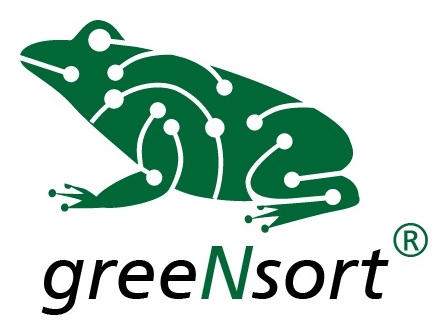Transition: greeNsort® algorithms allow a fast and smooth transition to lower energy use of existing devices
The greeNsort® algorithms allow a fast and smooth transition to lower energy use of existing devices
In October 2021 the Sustainability Practice of McKinsey & Company published “Nine requirements for a more orderly transition”1 to net zero. Here we classify greeNsort® according to this “holistic framework for how leaders can think and act”2.
Physical building blocks
technological innovation: more energy efficient, ´sustainable algorithms have been “developed, tested, improved, and made cost-effective” under a new algorithmic paradigm (R&D done )
ability to create at-scale supply chains and support infrastructure: by replacing algorithms in central software libraries energy savings can be brought to billions of existing devices, without the need for new devices unit costs of zero allow to scale up at constant cost; roll-out requires only a small cost per library (optimal scaling )
availability of necessary natural resources: no resources are needed for no new devices, and with lower RAM-requirements older devices can be used longer which increases sustainability (optimal sustainability )
Economic and societal adjustments
effective capital reallocation and financing structures: purely improving the common good without a profit perspective from selling new devices fails to get funding for creating Intellectual Property and rolling-out implementation (optimal risk–return profile but systematic funding gap )3
management of demand shifts and near-term unit cost increases: using greeNsort® will not raise operating costs, rather it will lower software maintenance costs (because the algorithms have been designed for simplicity) and lower future device costs (because less hardware is required) (lower unit-costs )
compensating mechanisms to address socioeconomic impacts: rolling out more energy efficient software knows no borders between countries or populations, everyone benefits from faster performance, longer battery life and lower energy bills (fair benefits )
Governance, institutions, and commitment
governing standards tracking and market mechanisms, and effective institutions: big market players are likely to comply voluntarily for their own benefit as soon as publications and code examples are available on github, however for unfolding the full potential of greeNsort® some governmental action on funding textbook-updates and enforcing teaching-curricula and software-certification would help (publish , teach and certify )
commitment by, and collaboration among, public-, private-, and social-sector leaders globally: as always with efficiency gains, the greatest risk is that leaders initiate Rebound Effects, but that is not a reason to forego efficiency. We don’t need self-coloring-cars, just products that are good enough to provide public value (common sense )
support from citizens and consumers: the greeNsort® improvements are realized completely under the radar of citizens and consumers (no need for support )
“Management is doing things right; leadership is doing the right things.” — Peter F. Drucker
Solving the net-zero equation: Nine requirements for a more orderly transition↩︎
The greeNsort R&D costed 6 years without funding and without funding library implementations the project is at risk not to deliver its public benefits, see economics↩︎
Copyright © 2010 - 2024 Dr. Jens Oehlschlägel - All rights reserved - Terms - Privacy - Impressum
